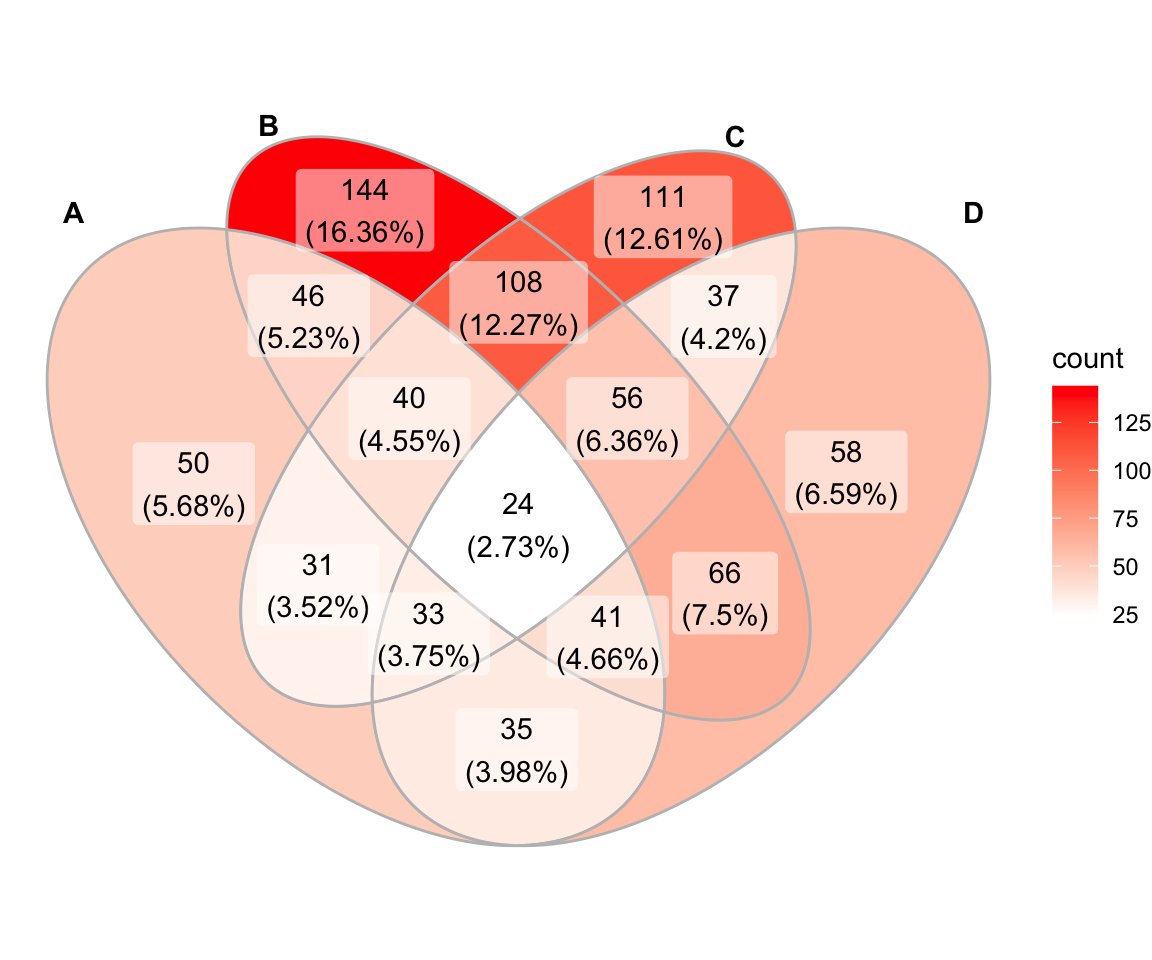1/ Epidemiology is a critical field in public health, and R is a popular programming language for epidemiologists to analyze and visualize data. In this thread, I'll highlight some essential epidemiology packages in R that you should know. #rstats #datascience #epidemiology 

2/ The first package that comes to mind is "epitools." This package provides a suite of functions for descriptive epidemiology, including measures of disease frequency, tests for independence, and outbreak detection. #rstats cran.r-project.org/web/packages/e…
3/ "EpiModel" is another package that is useful for epidemiologists. This package allows you to build mathematical models of infectious diseases and simulate the spread of diseases through populations. #rstats cran.r-project.org/web/packages/E…
4/ "EpiEstim" is another package that is gaining popularity in the epidemiology community. It provides tools for estimating time-varying reproduction numbers (Rt) from epidemic data. #rstats cran.r-project.org/web/packages/E…
5/ "surveillance" is a package that allows for the detection of outbreaks in surveillance data. It includes functions for calculating outbreak thresholds and for generating outbreak alerts. It's a powerful tool for public health surveillance. #rstats cran.r-project.org/web/packages/s…
6/ "outbreaker2," is designed specifically for analyzing outbreak data. It includes functions for estimating outbreak parameters such as the incubation period and the serial interval. It also allows for the visualization of outbreak dynamics. #rstats
cran.r-project.org/web/packages/o…
cran.r-project.org/web/packages/o…
7/ 'Epi' provides functions for analyzing epidemiological data, including cohort and case-control studies. It includes functions for calculating measures of association, such as odds ratios and relative risks. #rstats cran.r-project.org/web/packages/E…
• • •
Missing some Tweet in this thread? You can try to
force a refresh
 Read on Twitter
Read on Twitter








